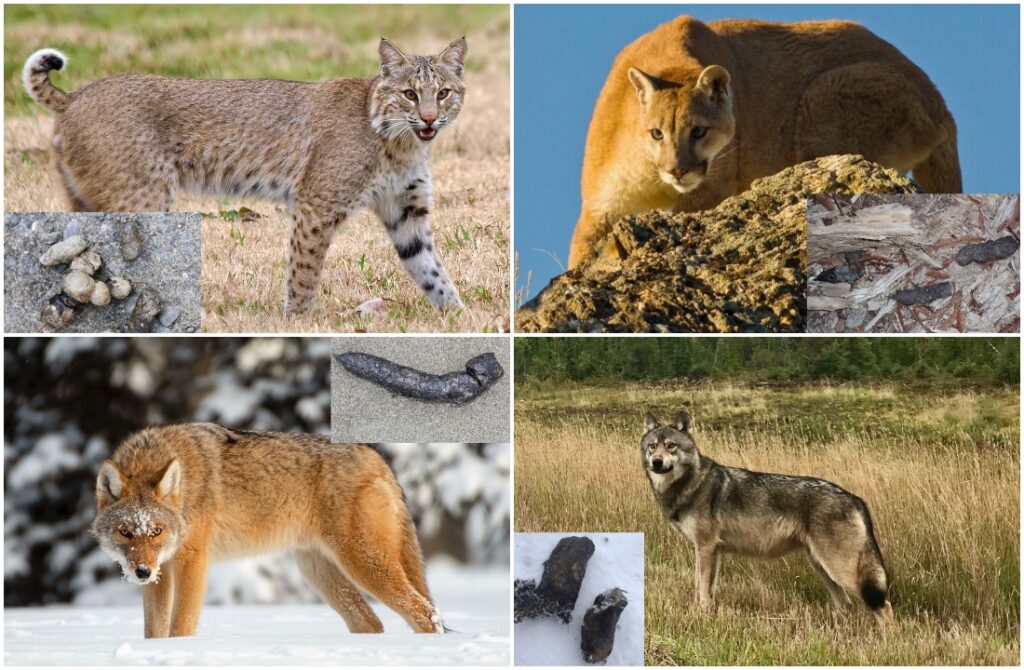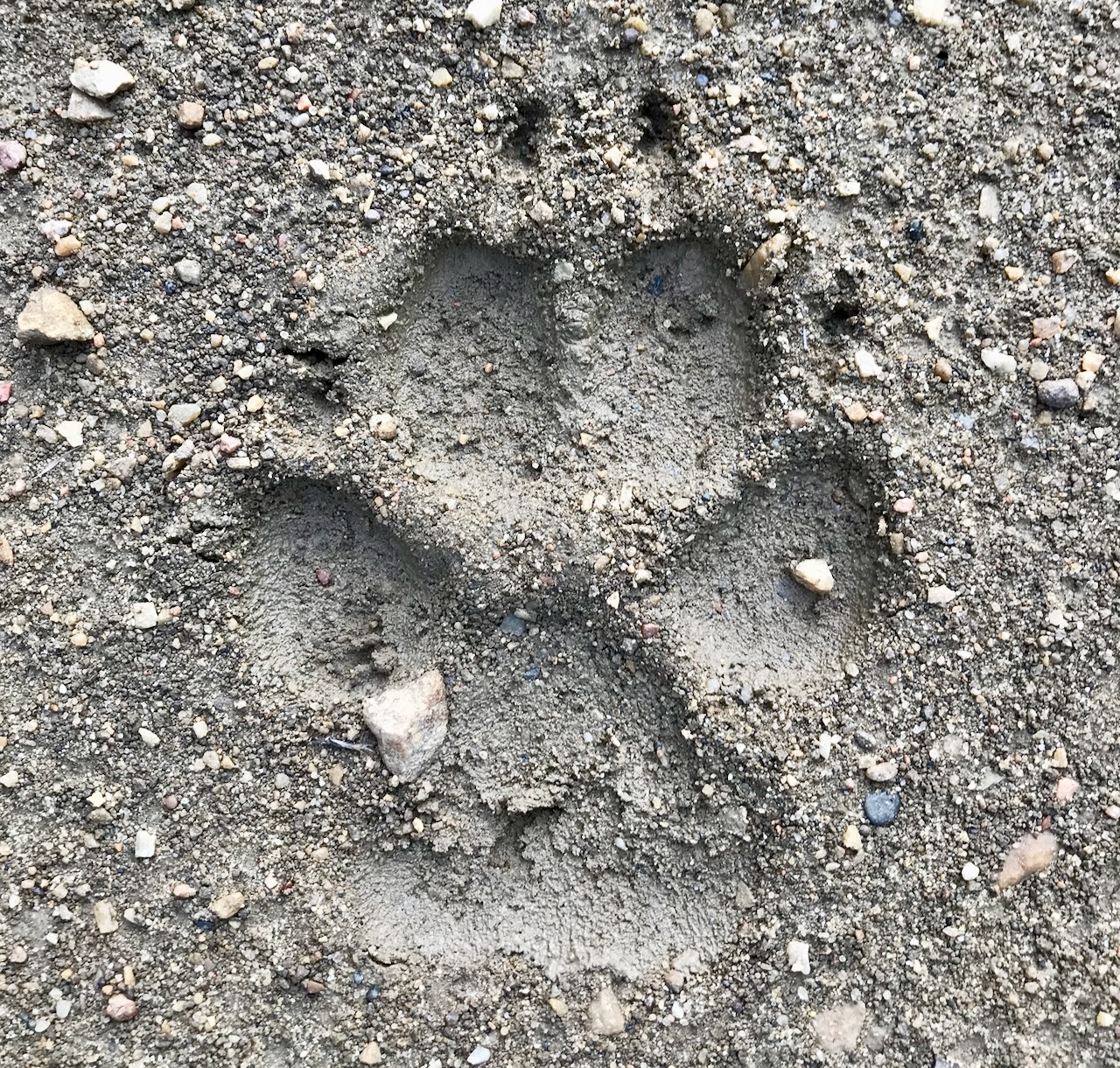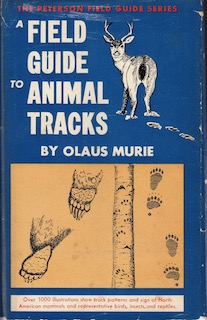SCAT TRACK FEVER
Fresh sign can sure get your heart pumping, especially when you know exactly what you’re looking at. Get an edge by properly reading predator and prey tracks and scat
Advertisement

QUANTITY AND COMPOSITION
An abundance of droppings, including both fresh and older deposits, provides evidence that animals frequent a particular area. The concentration of scat can also tell you whether the animals are following a travel corridor or keying in on a food source.
Advertisement
BONUS TIP: ON TRACK
There are plenty of online resources and books on identifying animal tracks. One of the best books I’ve found is A Field Guide to Animal Tracks (above), by Olaus J. Murie. First published in 1954, this highly informative guide covers everything from weasels to bison, providing approximate measurements, explanations and excellent illustrations of tracks. A good online resource, meanwhile, is www.bear-tracker.com. It features representative illustrations of tracks made by many North American game animals.


